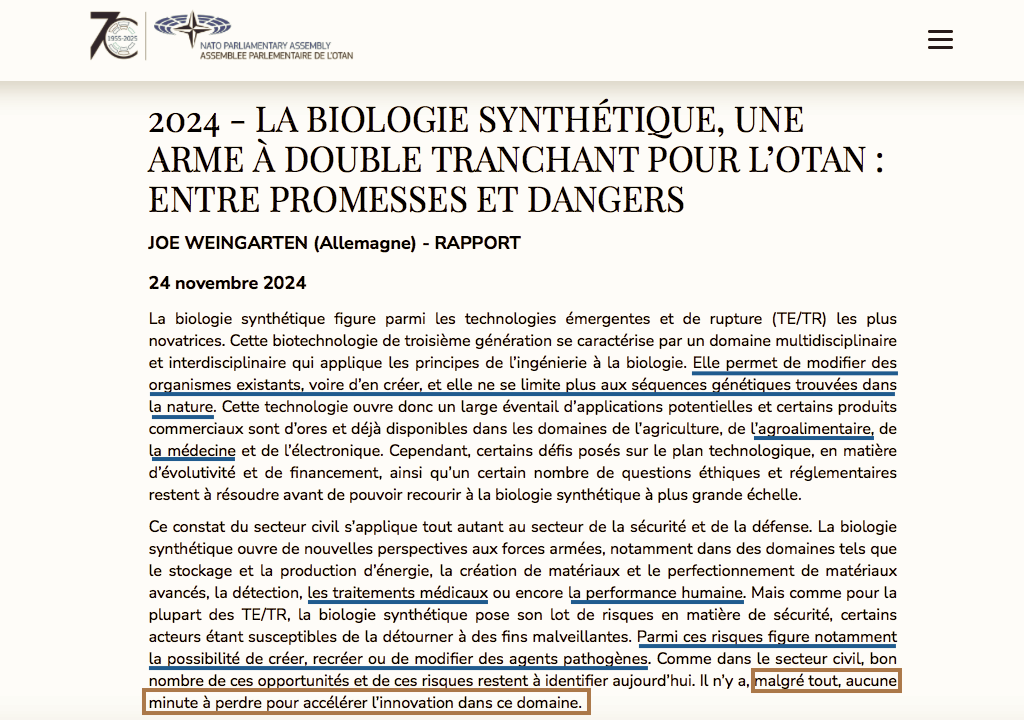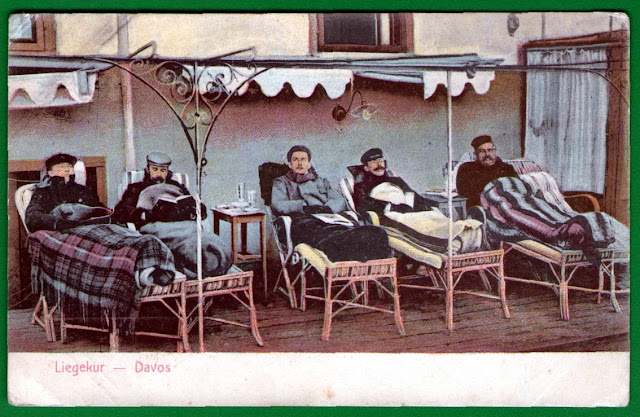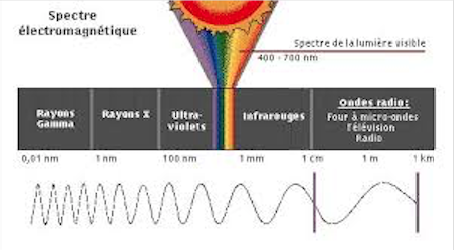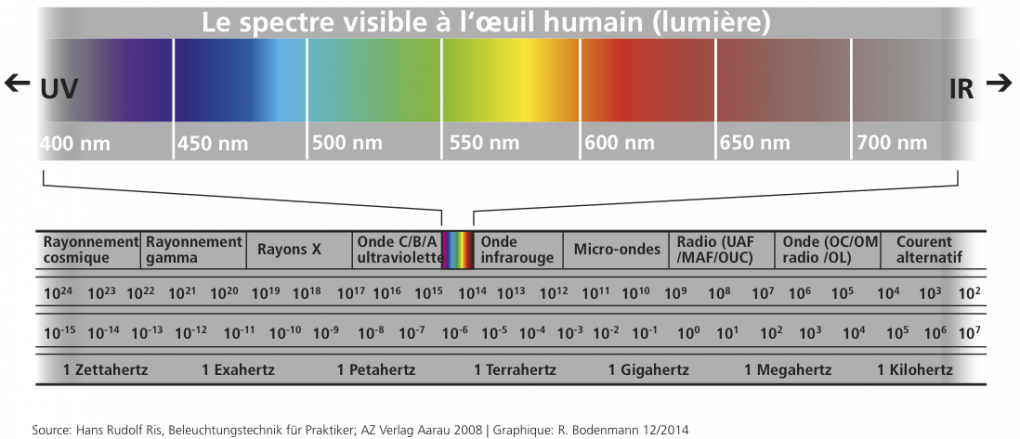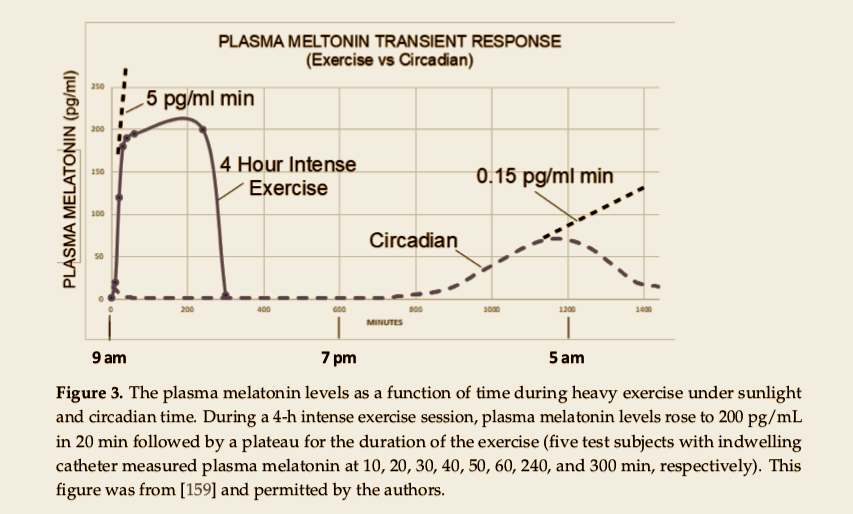Résumé de l’article (reproduit mot pour mot ci-dessous)
Throughout the history of melatonin research, almost exclusive focus has been on nocturnally-generated pineal melatonin production, which accounts for its circadian rhythm in the blood and cerebrospinal fluid; these light/dark melatonin cycles drive the daily and seasonal photoperiodic alterations in organismal physiology. Because pineal melatonin is produced and secreted primarily at night, it is referred to as the chemical expression of darkness. The importance of the other sources of melatonin has almost been ignored. Based on current evidence, there are at least four sources of melatonin in vertebrates that contribute to the whole-body melatonin pool. These include melatonin produced by (1) the pineal gland; (2) extrapineal cells, tissues, and organs; (3) the microbiota of the skin, mouth, nose, digestive tract, and vagina as well as (4) melatonin present in the diet. These multiple sources of melatonin exhibit differentially regulated mechanisms for its synthesis. Visible light striking the retina or an intense physical stimulus can suppress nocturnal pineal melatonin levels; in contrast, there are examples where extrapineal melatonin levels are increased during heavy exercise in daylight, which contains the whole range of NIR radiation. The cumulative impact of all cells producing augmented extrapineal melatonin is sufficient to elevate sweat concentrations, and potentially, if the exposure is sustained, to also increasing the circulating values. The transient increases in sweat and plasma melatonin support the premise that extrapineal melatonin has a production capacity that exceeds by far what can be produced by the pineal gland, and is used to maintain intercellular homeostasis and responds to rapid changes in ROS density. The potential regulatory mechanisms of near infrared light (NIR) on melatonin synthesis are discussed in detail herein. Combined with the discovery of high levels of melanopsin in most fat cells and their response to light further calls into question pineal centric theories. While the regulatory processes related to microbiota-derived melatonin are currently unknown, there does seem to be crosstalk between melatonin derived from the host and that originating from microbiota.
Chapitre 4: extraits
4. Role of Non-Visible Near Infrared (NIR) Radiation on Melatonin Synthesis: Melatonin as a Participant of Sunlight Exposure
The most powerful environmental factor to impact pineal and retinal melatonin synthesis in the majority of the species is light, both natural sunlight and manufactured light. Sunlight provides up to 30 MJ/day to the body and represents the single largest energy input. Optically, the red/NIR portion of sunlight uniquely interacts with virtually all of our cells based on the biological windows between 650 nm and 1200 nm. NIR light penetrates the body to a depth of several inches [122]. As discussed by Zimmerman and Reiter [122], deep red and NIR are uniquely optically collected and travel through the CSF, amniotic fluid, and blood vessel walls, thereby stimulating a wide range of bio-optical effects that form the basis of most photobiomodulation (PBM) and low level light therapies (LLLT). The failure to understand the biological roles of light on our body has led to a static modern lifestyle, especially in children [122]. Incandescent sources introduced in the 1800s emitted 90% of their energy in the NIR. Starting in the 1950s, CFL and more recently LED lighting and displays, provide zero NIR. Coupled with Low E glass that blocks NIR from entering our homes, we now spend 93% of our time indoors exposed to zero NIR. This represents the largest reduction to solar exposure in human history. It is important that we understand the impact of eliminating 90% of the solar spectrum, which has had effects on biological processes such as melatonin production. Simultaneously, heavily modulated artificial light at night not found in nature has been introduced into the human environment. This has likely resulted in the increase in a wide range of diseases. The central role that melatonin plays in how the body responds to this new artificial environment deserves serious consideration. To reiterate, humans spend up to 93% of their time under artificial lighting and in front of displays that only emit between 400 nm and 700 nm, providing zero NIR. Initially, circadian theory suggests that the increase in blue light during the night disrupts sleep patterns. More recently, the focus has shifted toward getting more bright visible light exposure in the morning, causing the introduction of LEDs with an extra 480 nm emission. This, however, ignores 90% of the solar spectrum that has been removed from our homes, offices, and school. This radical change in light exposure correlates with the myopia epidemic, sleep disruption, increased breast cancer rates, reduced cognitive learning in children, and increases in a host of autoimmune diseases [123–125].
The regulatory mechanisms of light on melatonin biosynthesis in the pineal gland have been well-documented. These mechanisms, however, only apply to effects of the visible light (400 nm to 700 nm), particularly, the blue wavelengths, on the specific melatonin production in the pineal gland. Humans are exposed to solar spectral wavelengths ranging from 250 nm to over 4000 nm with the blue light only representing approximately 2% of the spectrum emitted by the sun. Blue light is strongly absorbed by our surroundings, and penetrates less than a millimeter into our skin. In contrast, NIR represents the majority of the solar spectrum, is strongly reflected by our surrounding, is optically collected, and uniquely interacts with a large percentage of the body’s cells, especially in children.
In excess of 70% of the photons impinging on the body from natural sunlight are NIR photons [122]. NIR is invisible and includes wavelengths from 650 nm to 1200 nm. Unlike visible light, which does penetrate the surface of the body, NIR can penetrate the skin and into the underlying tissues (e.g., muscles, blood, and even the brain) [126,127]. For example, the CSF in the subarachnoid space surrounding the brain optically functions as a guide and distributes NIR photons to neural tissue including that around the deep folds of the brain [122].
The beneficial effects of NIR on human health have been extensively studied. NIR therapy is collectively termed “photobiomodulation” (PBM). PBM has been applied clini- cally in the treatment of retinitis pigmentosa, age-related macular degeneration, soft tissue injuries, acceleration of wound healing, and recently, to Alzheimer’s disease [128–130]. Several mechanisms have been hypothesized for the therapeutic effects of PBM [131,132]. The most widely accepted one is an NIR/mitochondria interaction (i.e., the main target of NIR is mitochondria). When the NIR penetrates into the mitochondria, the potential mitochondrial photoreceptor molecule, cytochrome c oxidase (CCO), accepts NIR photons culminating in improved mitochondrial energy metabolism, increased cytoprotective factor production, and cell survival [129,133]. However, the detailed downstream molecular signaling pathways remain to be clarified. Since melatonin is synthesized in mitochondria and it is also a mitochondrially targeted antioxidant and protector, the effects of NIR have been linked to melatonin synthesis [134]; this speculation has been discussed in a recent report by Zimmerman and Reiter [121], who believe that some of the beneficial effects of NIR radiation on humans are mediated by increased melatonin synthesis in mitochondria. Indeed, many biophysiological outcomes of NIR treatment of animals or cultured cell lines are similar to those observed following melatonin treatment. These include that both treatments reduce ROS levels, preserve the mitochondrial membrane potential, inhibit the mitochondria permeability transition pore opening, balance mitochondrial dynamics, increase ATP production, and improve mitochondrial homeostasis [135,136].
Due to the similarity between NIR and melatonin interventions, we suggest a potential signaling pathway by which NIR illumination impacts melatonin synthesis at the cellular level.
[…]
Other processes may also contribute to NIR-induced melatonin synthesis. These include ROS induced melatonin synthesis. […] ROS induced melatonin synthesis in different tissues may be a response that prepares cells for upcoming catastrophic oxidative stress; without this preconditioning, cells may not survive high levels of free radical generation. […] The latter results indicate not the heat, but rather the NIR influenced melatonin synthesis. Zhao et al. reported that when young female athletes received whole body red light (658 nm and light dose of 30 J/cm2) irradiation for 30 min per night for 14 days, their morning (8:00 AM) serum melatonin was almost doubled compared to the control group [158]. In comparison, eight hours spent outdoors could deliver over 1000 J/cm2 of deep red and NIR into the body even through light clothing. Since red light has a weak impact on the retinal–pineal melatonin pathway and the eyes of the subjects were also covered with dark glasses, it was deduced that the increase in serum melatonin level was not of pineal origin but probably from the red light irradiated tissue such as skin.
Recently, Zimmerman and Reiter [159] compared the real-time plasma data from Theron et al. [160] with the plasma and sweat data from Zhu [161] during strenuous exercise in artificial light and sunlight (Figure 3). The data support that large quantities of melatonin were being produced independent of the pineal gland; the data showed a greater than 5 pg/mL min ramp rate during sunlight exposure compared to a 0.15 pg/mL min ramp rate for plasma melatonin under dim light melatonin onset condition.
The data of Zhu [161] showed that sweat melatonin levels exhibited a low correlation with its associated plasma measurements, suggesting independent sources; however, the number of confounding variables limit conclusions that can be drawn. In general, the data supports the production of large amounts of melatonin in the skin and muscles during periods of high ROS generation, a response that deserves confirmation. Additional evidence may continue to emerge to show the association between ROS levels, exercise, NIR, and melatonin production. Thus, melatonin of pineal origin is the chemical expression of darkness in vertebrates, which is regulated by visible light as detected by the retinas. In comparison, extrapineal melatonin synthesis appears to be driven, in many tissues, by ROS levels at the cellular level with exercise and NIR promoting melatonin production in superficial cells or deep tissues. This may also be the case in reference to melatonin production by microbiota in the skin, mouth, nose, and vagina. The first two sites have the same melatonin synthetic enzyme system with different regulatory mechanisms; conversely, the microbiota have distinct melatonin synthetic genes, but the regulatory pathway has not been clarified.















